Lance Lagoni, the 75-year-old college photojournalist
Smoke billowed into the night sky on a warm July night in Niles, Michigan. The outdoor movie theater was illuminated by a blaze that engulfed the giant white movie screen. Photographer Lance Lagoni was driving when he saw the glowing fire; he followed the smoke and stumbled upon the scene.
“I was driving, and I noticed a gigantic glow in the sky, so I just kept following it because that’s what I did at the time,” Lagoni said.
Limited with a long 200mm telephoto lens, Lagoni was unable to capture the enormity of the fire. He used his lens to isolate and silhouette the firefighters against the bright burning flames they battled to create photos he could sell to the newspaper.
“What I recognize, because of the training that I’ve had…is that photography is a subtractive thing (art) like sculpture,” Lagoni said. “You start with a loaded canvas, or a piece of block, and you take away everything that isn’t relevant to what you want to say what you want to do, or what you need to photograph. And you eliminate it. Eliminate by angle, that you take photograph, depth of field, yes, all kinds of tools that you have at your disposal.”
Lagoni photographed the Niles 31 Outdoor Theatre in 1965 just after graduating high school. After a college photojournalism career at Michigan State University, Lagoni put down the camera to work as an accountant. Fifty-one years later, in 2016, he continued college photography by taking Elgin Community College photography classes and joining the student newspaper, The Observer.
Lagoni was born in a Niles Michigan in 1947. His father Ditlef Lagoni Jr. was a World War Two submarine service veteran. In 1950 Ditlef Lagoni Jr. decided to re-enlist into the Army and was stationed in Nara, Japan and served in the Allied Occupation of Japan.
In Nara, Lagoni was raised by two Japanese women, an older woman, and her niece. While in Nara Lagoni’s younger sister Ruth Lynn, Lagoni was born in a military hospital.
On Aug. 10 1950, Lagoni’s mother, Ruth Lorraine Stukas, was given grave news. Ditlef Lagoni Jr. was missing in action in Korea during the Korean War. It wasn’t until 1954 that Stukas found out that her husband was declared dead.
This brought the Lagoni family back to Michigan where Lagoni lived for the rest of his childhood.
When he was in high school, Lagoni befriended Bob Ivins and Steve Atkins, two boys whose mothers worked at a card shop that sold and developed film.
“They were the school photographers for school activities of one kind or another,” Lagoni said. “So, they taught me how to do the rudimentary things in developing photographs, and printing photographs.”
After learning photography, Lagoni took his first newspaper photo when a tree fell on his neighbor Mrs. Rodgers new car.
“…there was this huge 54, 55, 56 inch diameter tree that fell on her new ford comet convertible right in the middle of it, to the point where it put the middle of her car on the ground and both wheels [were] up off the air it was hilarious,” Lagoni said. “I took a picture of that which the local newspaper used so that was the first time I ever had a picture published. I got more interested in it (taking photos) after that because I got paid like a dollar for that picture….”
In high school, Lagoni kept working at his craft, at various events, and assisting a photographer for the local newspaper, the Niles Daily Star.
After graduating high school, Lagoni went to college at MSU to pursue an engineering degree. Later he switched to an accounting, economics and business law degree after working a summer job with engineers.
Soon after beginning college at MSU Lagoni joined the Michigan State News Daily newspaper. His friend Ivins from high school also worked for the newspaper as a photographer. Lagoni explained that him and Ivins contributed largely to the newspaper.
A the newspaper, Lagoni covered a variety of events including: The 1968 Democratic National Convention with Bob Hope and Hubert Humphrey, a race with Bruce Mclaren, The Rascals and Joan Baez.
“The newspaper thing was great because it gave me lifetime experiences, I never would have had,” Lagoni said.
During his college photography career, Lagoni covered two widely different speakers in a week’s timespan. Founder of the American Nazi Party George Lincoln Rockwell and civil rights activist Stokely Carmichael.
“…Here [are] two guys on the opposite ends of the spectrum that Michigan State gave a forum to speak,” Lagoni said. “They were not shouted down, no one yelled crazy things at them, nobody disrupted their giving a talk, they were allowed to say what they had to say, and students were allowed to make up their mind.”
At ECC, he continued pursing photojournalism at various events but after two injuries in the Fall of 2021, Lagoni has been unable to take on as much of a workload. Despite his injury he still attends Observer meetings to offer advice to the staff.
“One of the things that I do instead of taking photographs, is I try and help people that I can help be better photographers,” Lagoni said. “And I’m fortunate that a couple of the people that I’m helping, are really good photographers already. That makes it easier to do a couple of fine tweaky things or suggest different things that they may do that they’re not doing. …because there’s no greater feeling in my life.”
During his time between MSU and ECC, Lagoni worked as an accountant for Northrop Grumman. While working as an accountant, Lagoni didn’t really think about photography. He explained he never really went back to photography except for family photos because he enjoyed his job.
Due to his work, Lagoni moved around the U.S including Royersford, Pennsylvania, Kalamazoo, Michigan, Los Angeles, California, and finally settling in Elgin, Illinois with his second wife, Jo Ann Lagoni. While moving, Lagoni wanted to learn more about the areas he resided with a new hobby, collecting.
“It’s (collecting) something that gets you searching around and poking around in various parts of the community,” Lagoni said. “You learn about the community that way, you learn about the history of the community that way.”
In Pennsylvania, Lagoni collected A. H. Fox Shotguns and Winchester Rifles. Model 70, 54, and 88 In Kalamazoo collecting post cards of the area brought him to garage sales and various stores, where he amassed a collection of 13,000 (17,000) Kalamazoo post cards. In Los Angeles Lagoni took a break from collecting, he picked it back up in Elgin when his wife Jo Ann Lagoni bought him an Elgin wristwatch from a jewelry shop.
Since receiving that first watch Lagoni has grown his collection to anywhere to a vast collection of Elgin pocket and wristwatches.
“My wife says, ‘too darn many,’” Lagoni said.
Lagoni’s philosophy about learning from creating collections continued in his watch collection.
“…I had no understanding of watches at all,” Lagoni said. “I didn’t understand how they worked; I didn’t understand you know what went into making them.”
Through taking up photography again and collecting Elgin watches Lagoni has explored much of the Elgin area. He often shares this knowledge with the Observer by pitching story ideas and giving background to staff unfamiliar with the area.
“[Joining the Observer] was a good thing because it kept me in touch people in a different age group,” Lagoni said. “I realized that people’s experiences color how they look at things, and people that have had the experience of being a person going to community college…or associated with a community college is a different experience than what I’ve had growing up in the 1950s and 60s. I have a different frame of reference than they do and I learn from their frame of reference.”
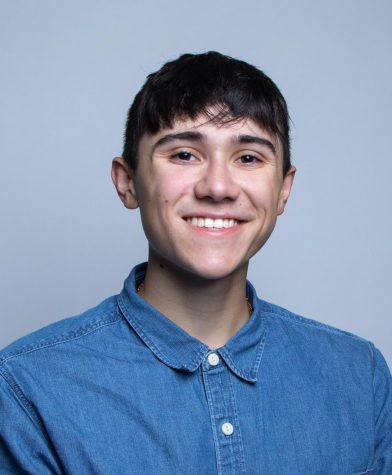
I'm Dominic Di Palermo. I'm the Editor-in-Chief of the Observer. This is my second year at Elgin Community College and my second year with The Observer....



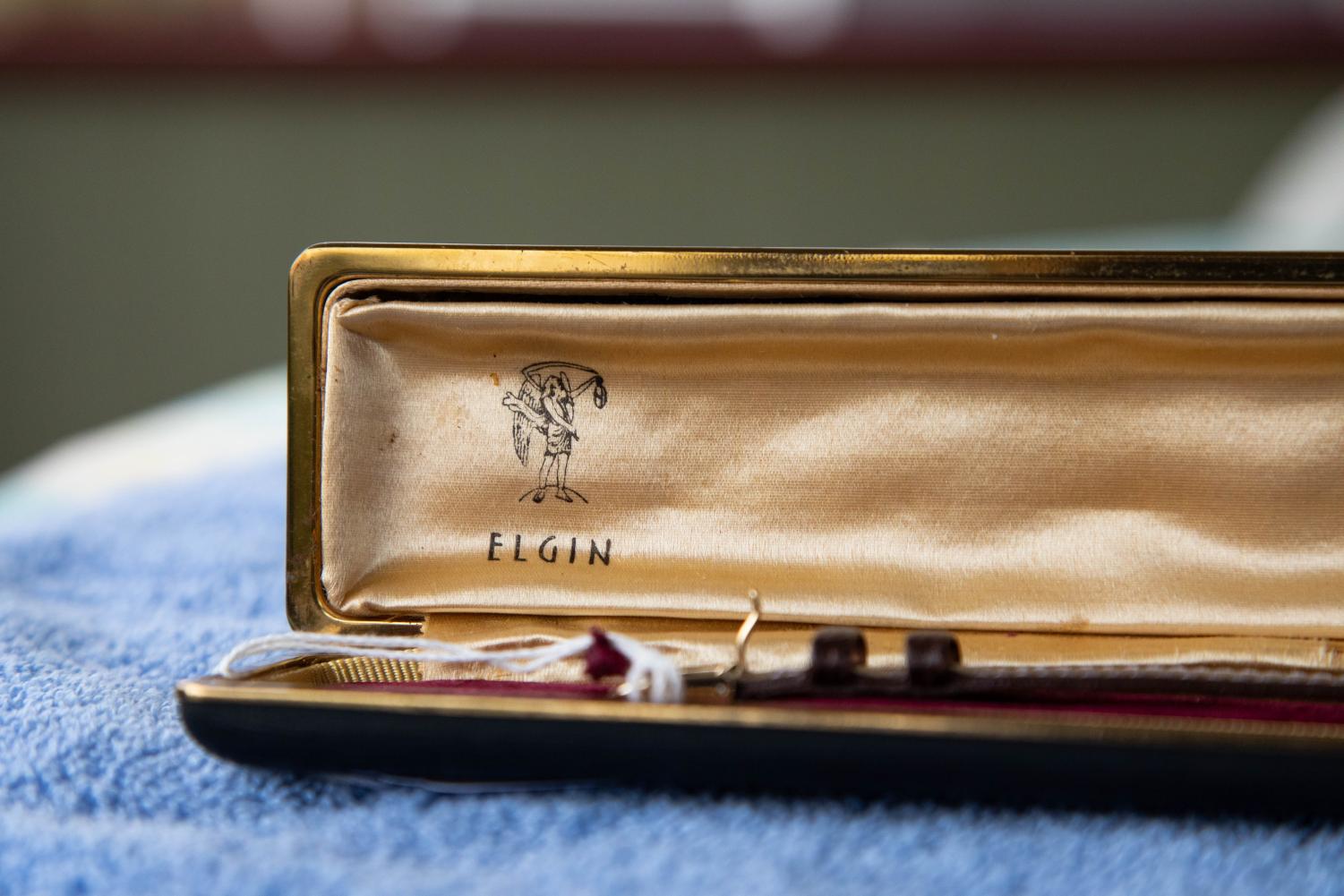
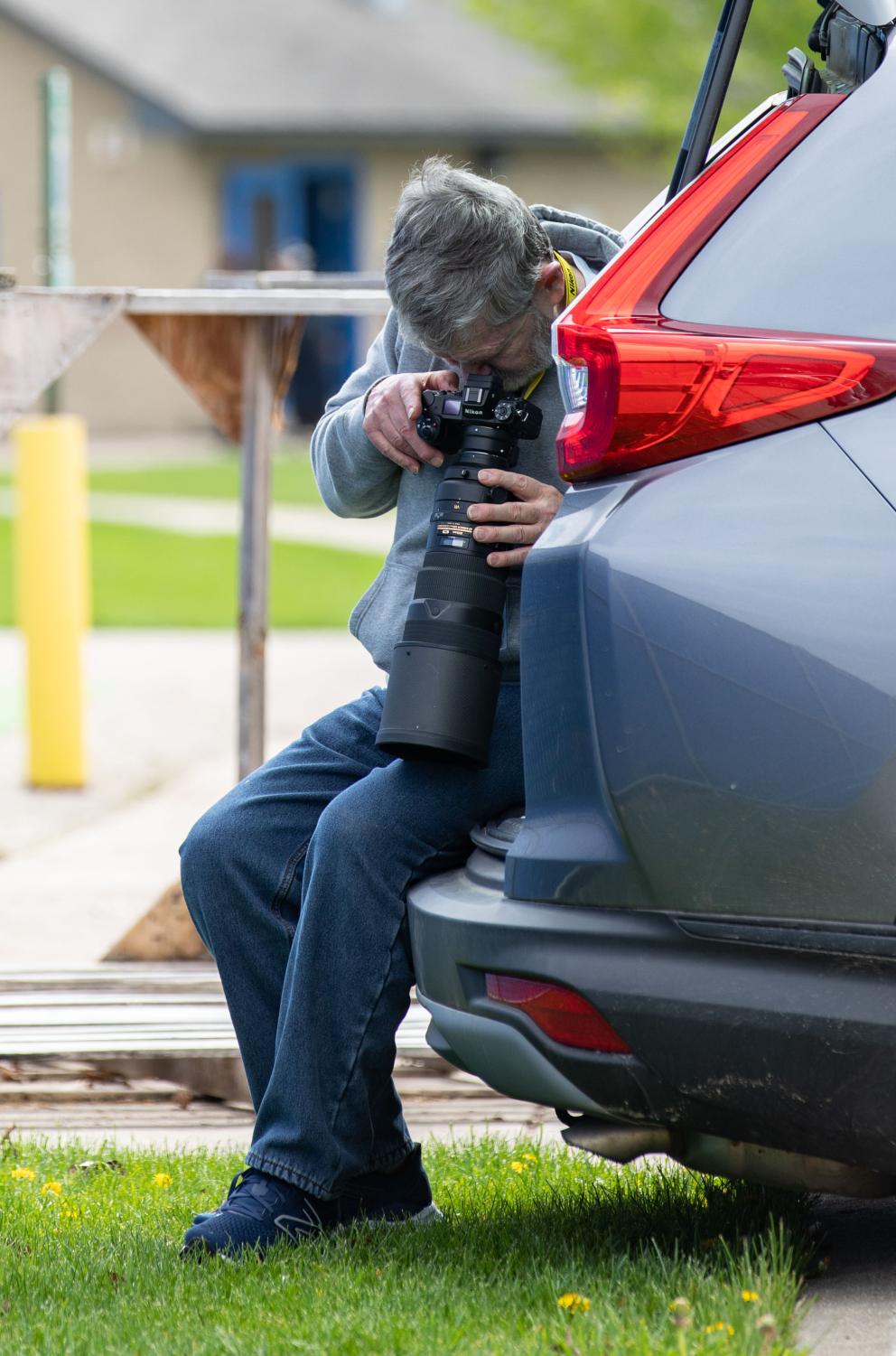
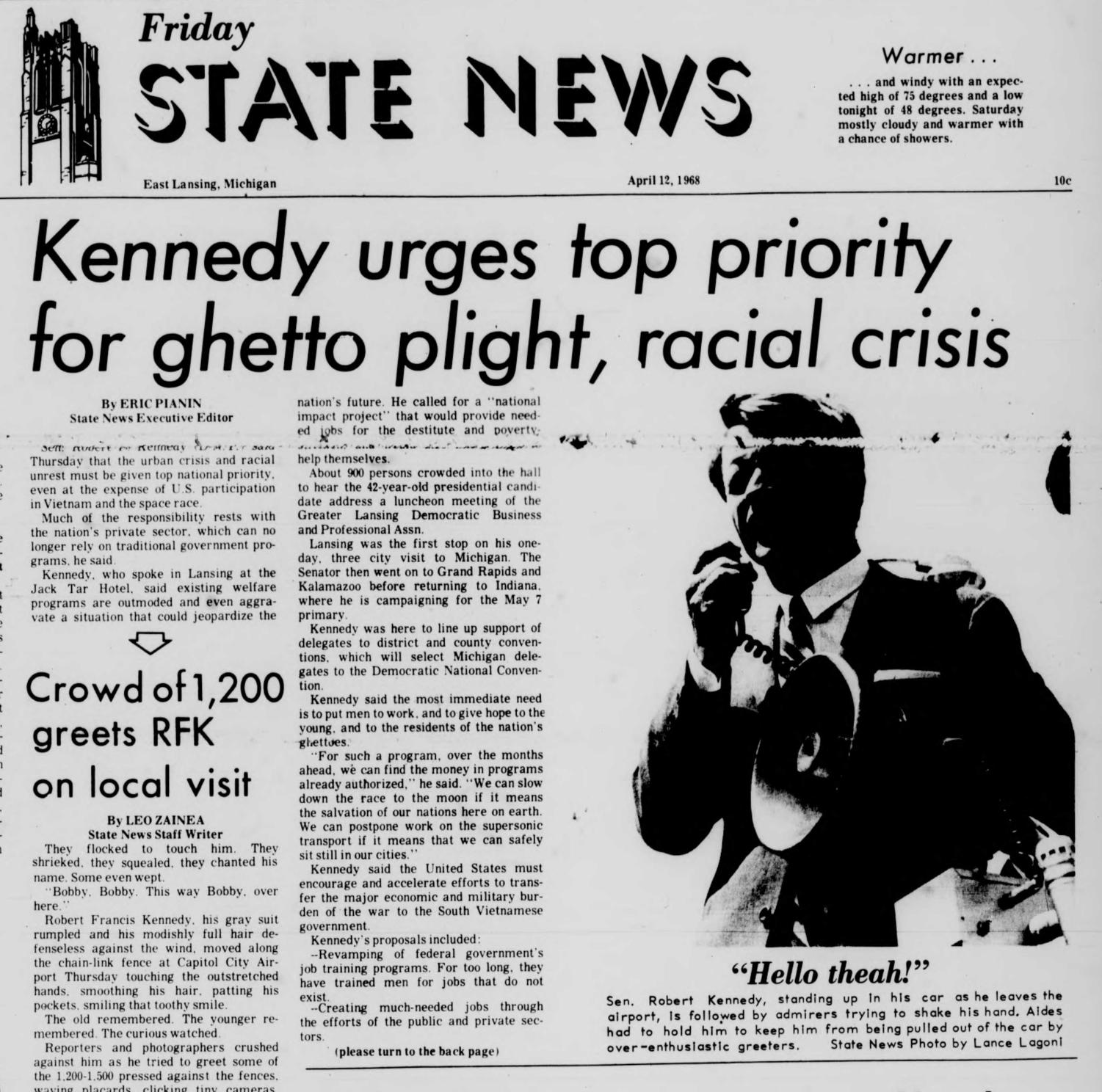
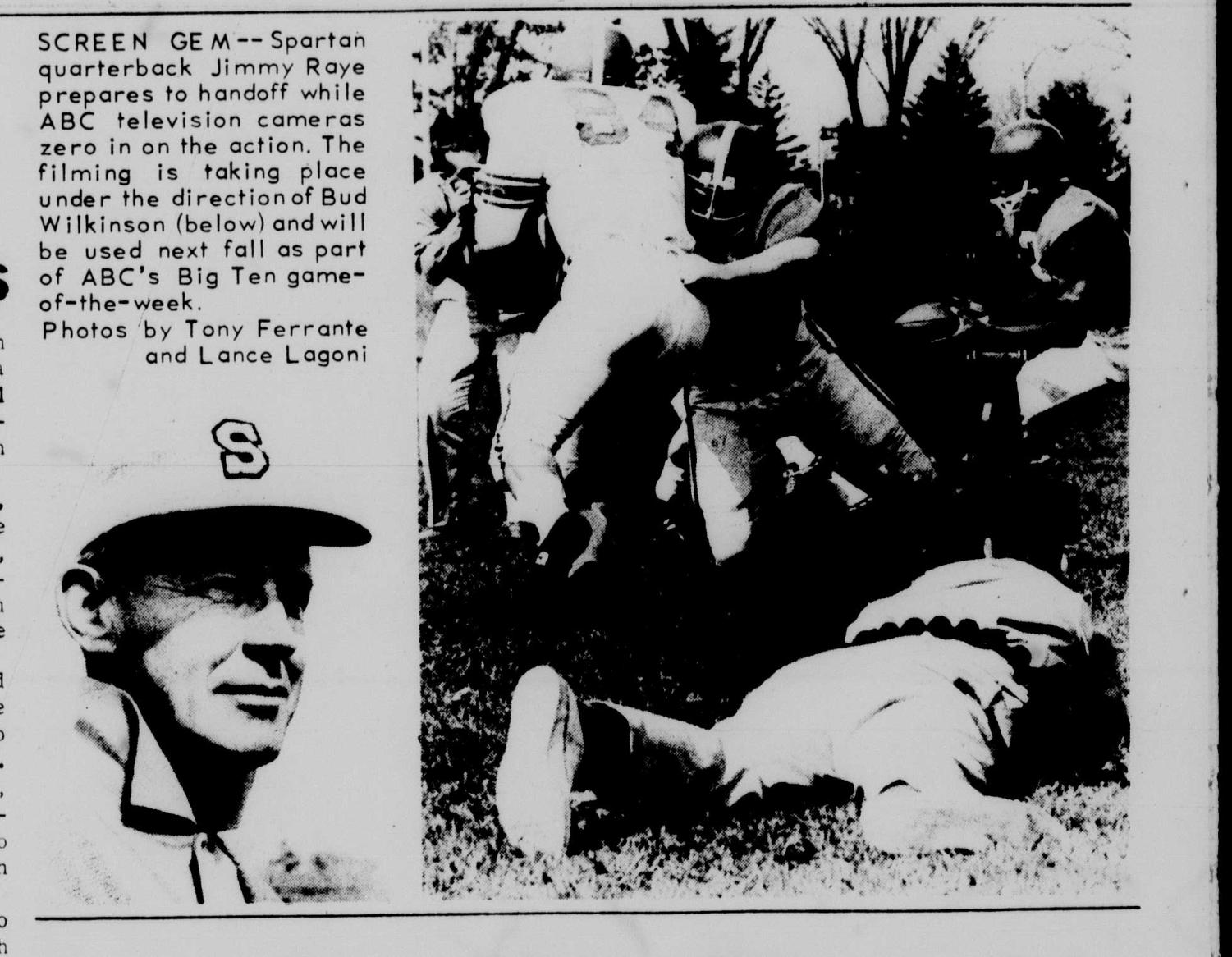
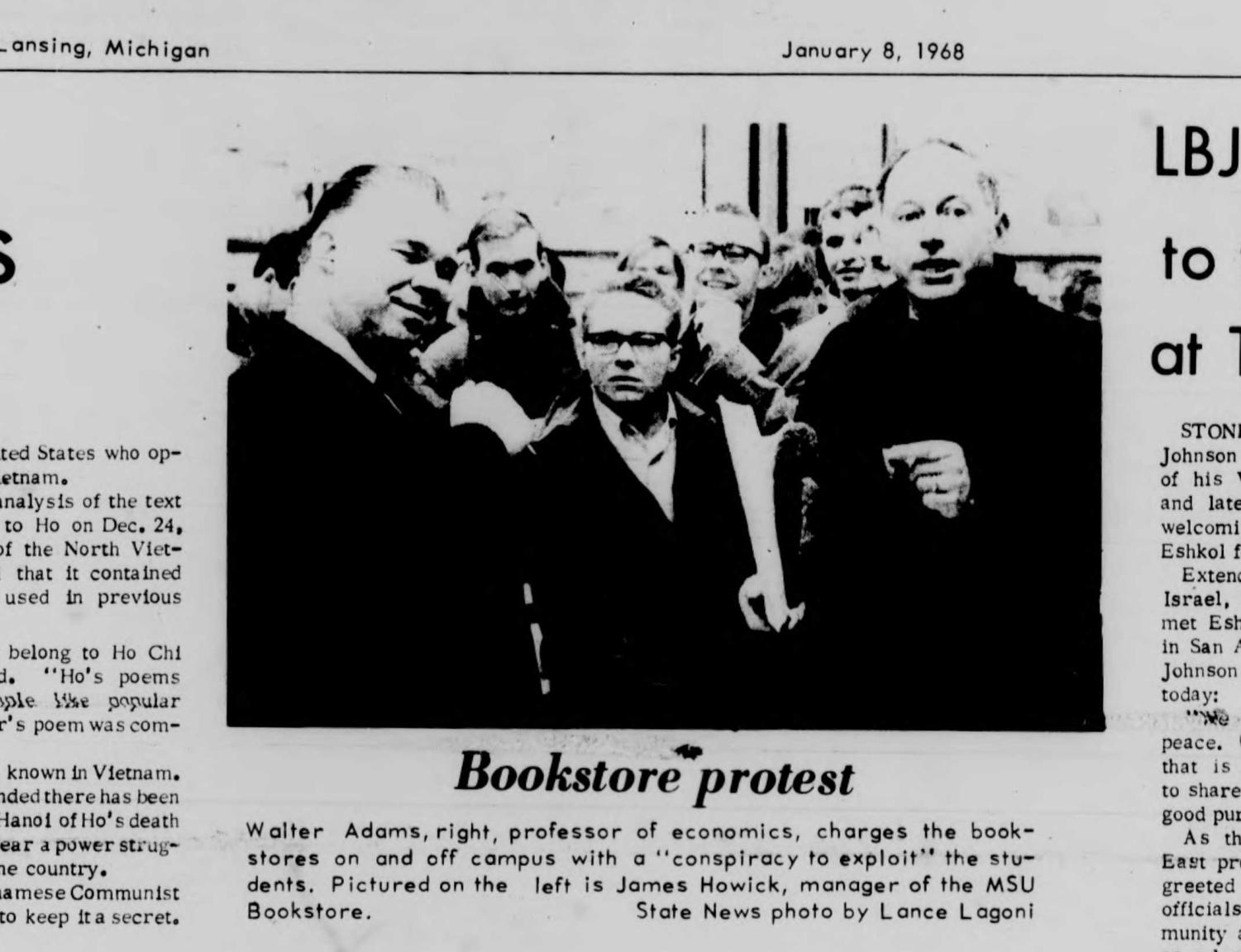

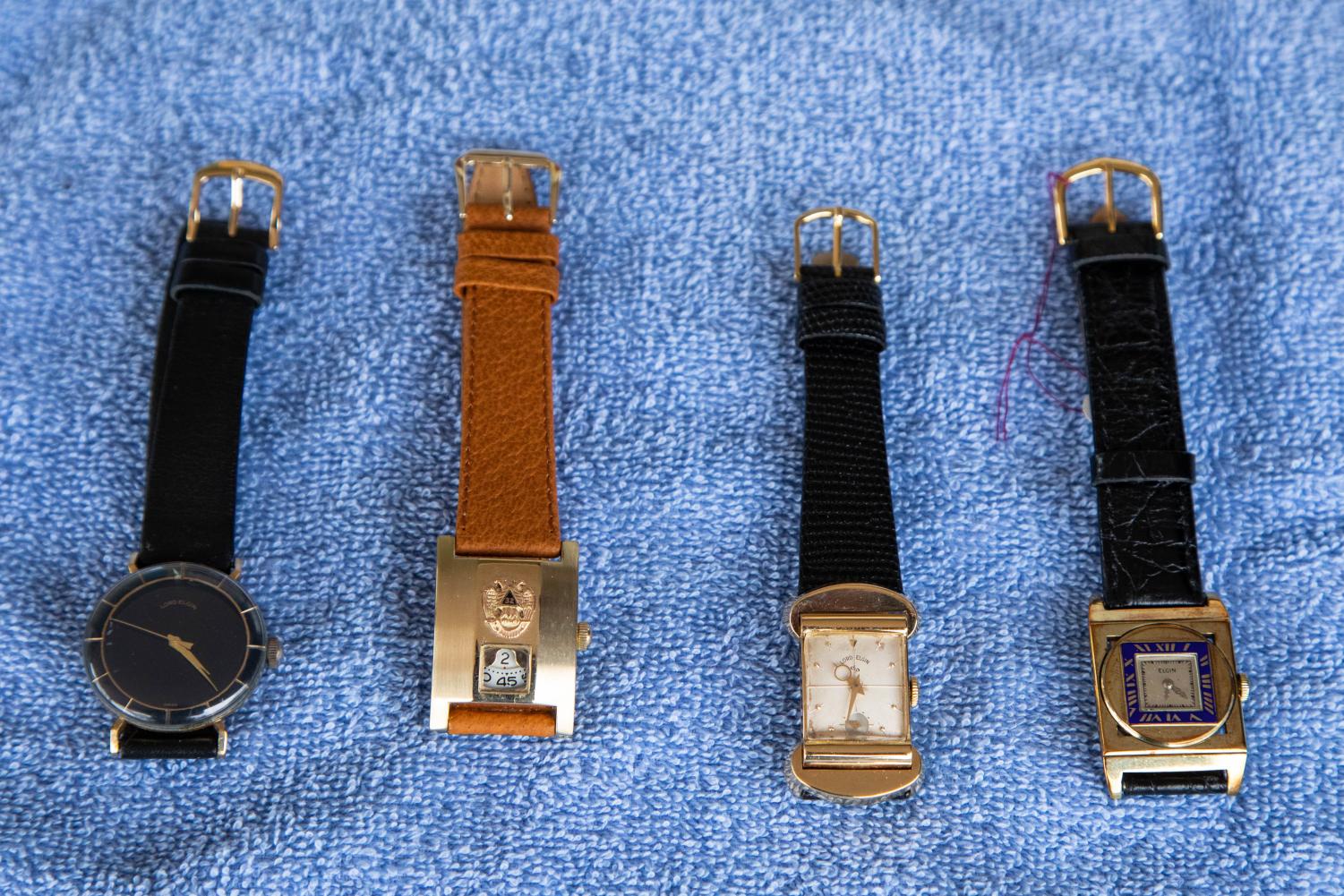
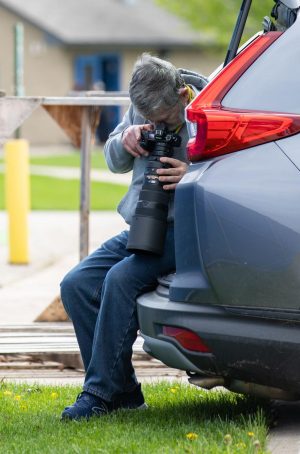
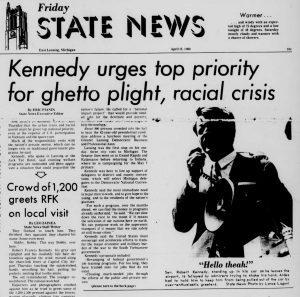
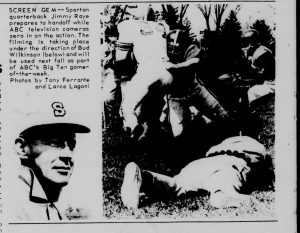
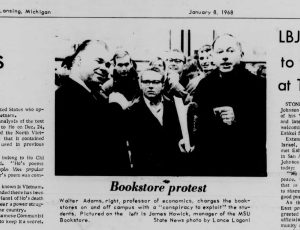
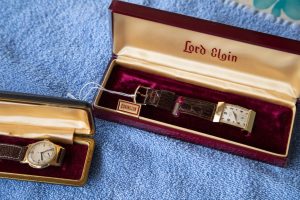
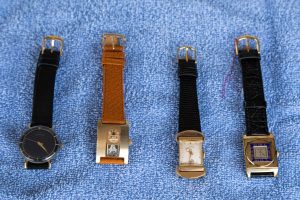
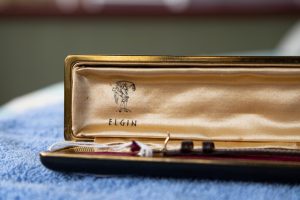
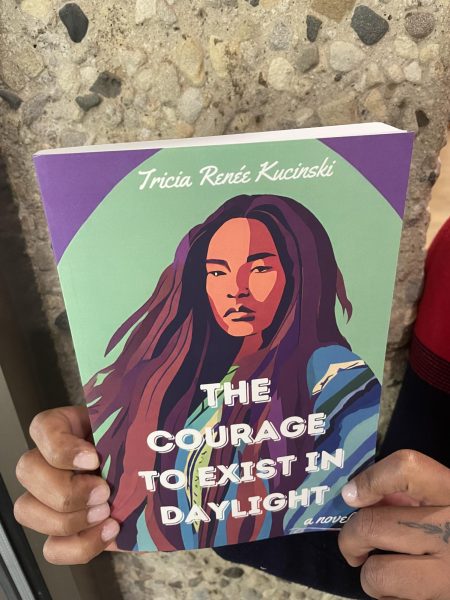
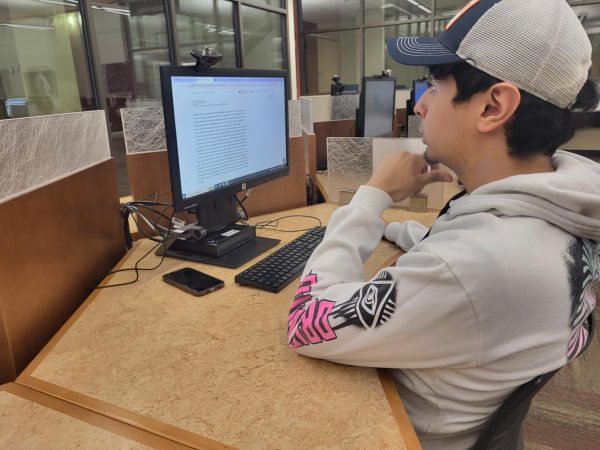
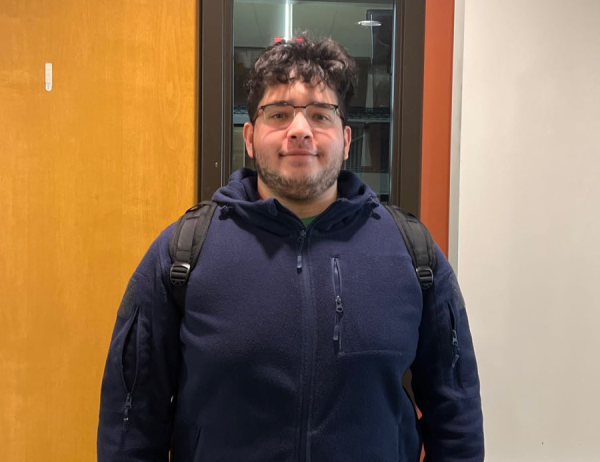
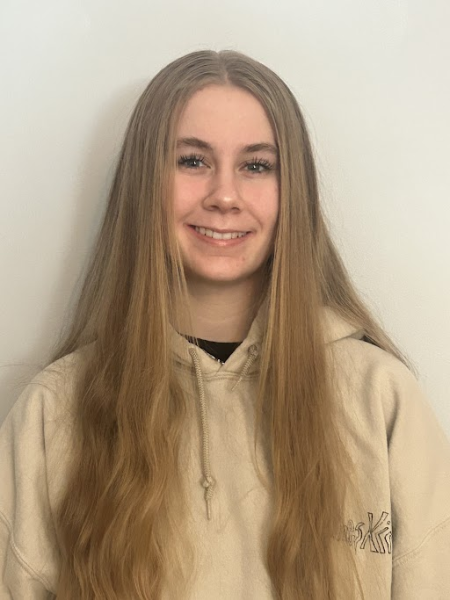
Jack Lagoni • Sep 26, 2023 at 2:38 pm
Yes, Camp Madron is correct as I went there too, and he is my cousin. All this artsy farts stuff covers up that most of his adult career was rejecting art, photography, and humanity … by furthering the BS of military industrialist companies like Grumman. Oh yes, but it ensured a good salary compared to art.
Jim • May 15, 2023 at 11:01 am
Is this the Lance Laconia that was on staff at Camp Madron in the mid 1960s?